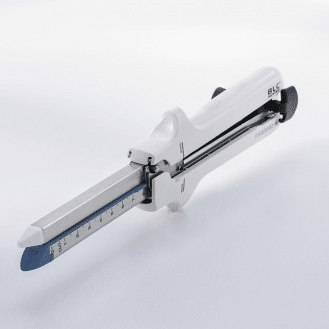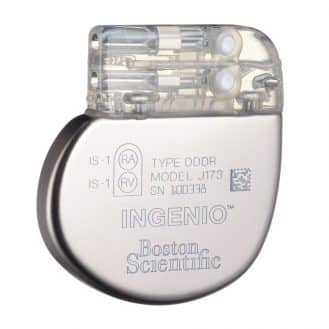Ophthalmic examination equipment includes devices for eye examination, visual acuity diagnosis and measuring certain ocular parameters (intraocular pressure, corneal thickness, eye biometry, etc.).

Ophthalmic examination equipment includes devices for eye examination, visual acuity diagnosis and measuring certain ocular parameters (intraocular pressure, corneal thickness, eye biometry, etc.).
There are different ophthalmological examination devices that can be divided into three main categories: those intended for the measurement of ocular parameters, those dedicated to the analysis of visual acuity and those reserved for the examination of the eye itself.

Nidek OCT ophthalmoscope
The basic machines needed for an ophthalmology practice are:
All these devices together amount to an investment of close to 250,000 euros. Other machines can also be acquired if necessary, but they are less essential and can sometimes double the investment. These include:

Tomey Corporation autorefractor-keratometer
There are several essential criteria for choosing an ophthalmic refractor or phoropter, including the actuation of the device, its measurement range, the presence of filters, etc. Here is a list of the main criteria:
Advantages of a digital phoropter:
Disadvantages of a digital phoropter:

Essilor Instruments digital ophthalmic phoropter
The tonometer is an essential device for ophthalmologic consultations. Several criteria allow you to choose the best tonometer, such as the ergonomics of the device, the option of performing combined examinations or the type of tonometry you want to perform.

Keeler portable non-contact tonometer
To choose a slit lamp, it is important to focus on the quality of the optics, the power of the light and the mechanical stability. Here is a list of the main selection criteria:

Haag-Streit slit lamp


